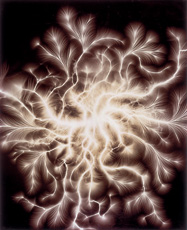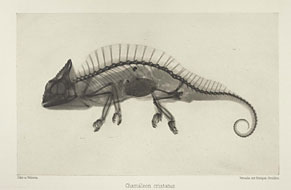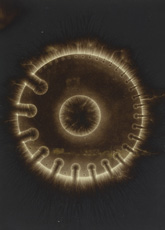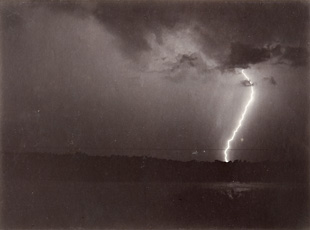Brought to Light
Modern science and photography flowered simultaneously in the early 19th century, and photography was adopted as a scientific tool from the first years of its invention. Over the course of the century, scientists captured previously hidden realms, making pictures using the microscope and the telescope and using photography to analyze motion, see into faraway galaxies, and look inside the human body. Brought to Light includes examples of early scientific photography and invites you to imagine what pictures of the invisible might have meant at a time when the worlds revealed by contemporary technologies such as satellite imaging and PET scans were utterly unimaginable.
Brought to Light: Photography and the Invisible, 1840–1900 is organized by the San Francisco Museum of Modern Art and is generously supported by the George Frederick Jewett Foundation.



